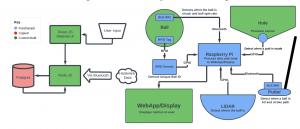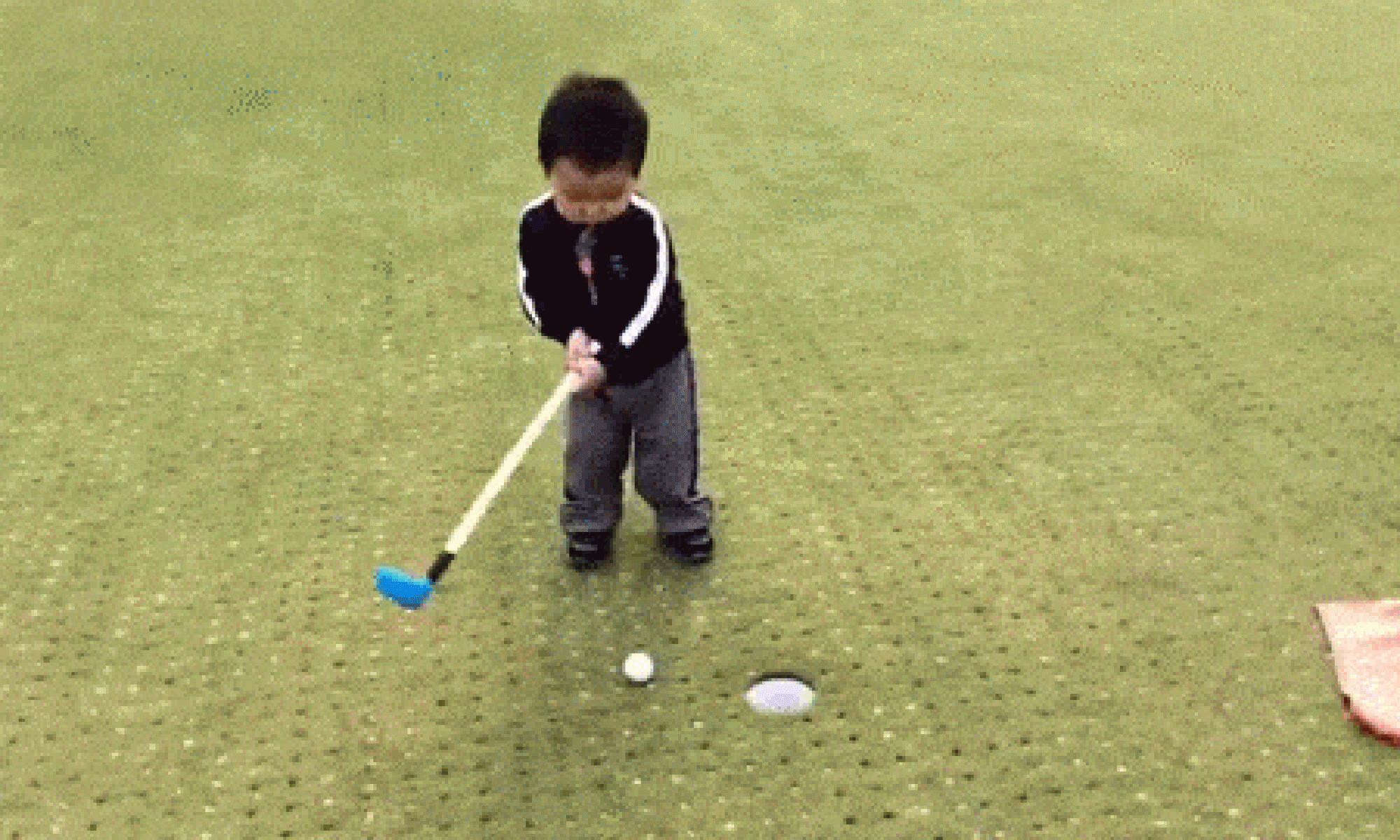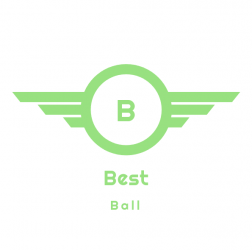What are the most significant risks that could jeopardize the success of the project? How are these risks being managed? What contingency plans are ready?
We think that the most significant risk is the reliability of the IMU. There was only one real option that we could find for the IMU and it is designed for ML robotics. Our IMU has to meet a few requirements: 1. It has to be able to fit inside of the ball 2. It has to have Bluetooth integration 3. It needs to have a decent resolution for the orientation. Because of all of these requirements, we are highly restricted in the number of chips we can use.
As a worst-case scenario, we believe we can use multiple accelerometers to measure ball and club acceleration. It will not be nearly as accurate, though, when it comes to pitch and angle.
So far the IMU we have selected seems to fit most of these requirements. It is onboard a small MCU that has a built in BLE unit. The MCU does meet our size requirement and is small enough to fit inside the ball. An Arduino-like IDE also comes with the MCU which should make development easier and quicker as opposed to finding a library for a separate IMU chip itself.
Were any changes made to the existing design of the system (requirements, block diagram, system spec, etc)? Why was this change necessary, what costs does the change incur, and how will these costs be mitigated going forward? Provide an updated schedule if changes have occurred.
We finalized our design for the whole system. Here is our current diagram:
We also decided to re-scope how the overall course will look:
We changed it so there is only one starting point for the ball. This is because we thought it would be too difficult to identify a ball and use lidar in all directions. This is an acceptable compromise though because, on a real mini-golf course, golfers start from the same point each time.
Enumerate how you have adjusted your team work assignments to fill in gaps related to either new design challenges or team shortfalls (e.g. a team member missing a deadline)
1.) We have added a section to our schedule to allow for build and design time for the hole itself. With the addition of various sensors that will need to live under the course (RFID sensor and pressure sensor) we realized that the hole itself will need to be raised. This is also due to the hole itself needing to have depth. Seaver and CJ will lead the designing and build phase of this where Erik will shift to testing more of the components individually.
2.) With the raised concerns over the IMU Erik and CJ rather than just CJ will be working on the IMU data processing software for both the putter and the ball. For now, CJ will be working on the ball while Erik will be working on the putter, however, since both IMUs use the same IDE and configuration there is likely to be overlap in development here.

